When Should a Baby Be Head Down During Pregnancy?

- Babies should be head down and facing their mother’s spine for delivery.
- Most babies are head down by 37 weeks gestation.
- There are ways to get your baby to flip if they are not in a head-down position by 37 weeks.
As you get closer to your due date, your healthcare provider will start to check your baby’s position. The head-down position with the baby facing mom’s spine is safest for both you and your baby during vaginal birth. While breech babies can still be delivered vaginally, breech presentation can be dangerous for both you and your new baby.
If you are nearing your delivery date, you are probably wondering, when should a baby be head down during pregnancy?
Try not to stress if your baby doesn’t find an ideal position early in the third trimester. Babies move around a lot in the womb and most babies do get themselves into the best position before delivery.
Why Does a Baby Need to Be Head Down?
A baby who is in a head-down position and facing their mom’s spine is in the perfect position for a vaginal birth. When your baby’s head is pointing down during delivery, the head puts gentle pressure on the birth canal during early labor, and the cervix stretches and dilates to allow your baby to fit through.
During a breech delivery, your baby’s buttocks may be forced through the birth canal first. This not only makes labor more difficult, but breech babies’ heads and shoulders have less room to come out. Breech babies are more likely to get stuck against their mother’s pelvis during vaginal delivery.
According to the Cleveland Clinic11. Cleveland Clinic medical professional. Breech baby: Causes, complications, turning & delivery. Cleveland Clinic. 2021. https://my.clevelandclinic.org/health/diseases/21848-breech-baby, babies delivered in a breech position are more likely to suffer from dislocations, broken bones, and even neurological damage from umbilical cord compression.
Complications of a breech birth may include:
- Baby shoulder and hip dislocations
- Broken bones in the baby
- Umbilical cord compression
- Prolonged labor
- Vaginal tearing
When Should a Baby Be Head Down?
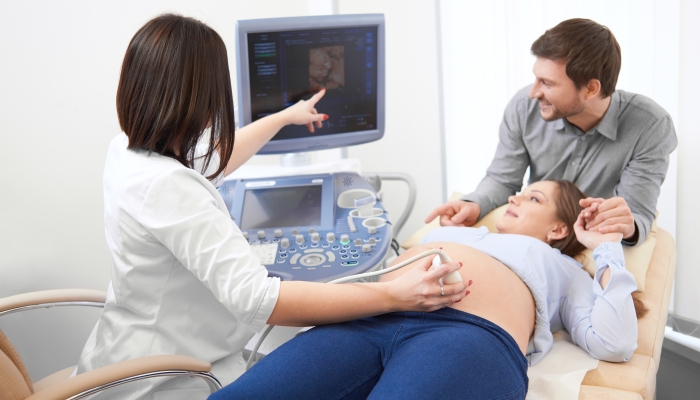
Some babies wait until the very last moment to change positions and prepare for labor. Most medical providers will check your baby’s position at each prenatal appointment but do not worry about breech positions until your baby has reached full term at 37 weeks.
Around 36 weeks, your fetus takes up most of the room in your uterus. According to the Mayo Clinic22. Mayo Foundation for Medical Education and Research. Fetal development: What happens during the 3rd trimester? Mayo Clinic. 2022. https://www.mayoclinic.org/healthy-lifestyle/pregnancy-week-by-week/in-depth/fetal-development/art-20045997, this makes it more difficult for your baby to move around and change positions. If your baby hasn’t started moving into a head-down position by then, they may need some help turning around.
How to Tell If Your Baby Is Head Down
There are many different positions that your baby can be in, and some babies like to change positions frequently.
During your prenatal appointments, your healthcare professional may use an ultrasound scan to see the position of your baby. However, most medical providers can check fetal positions by placing their hands on your belly and feeling for your baby’s head and buttocks.
Medical providers may also be able to see your baby’s position during a cervix check.
Providers and pregnant women can use a technique called belly mapping to figure out if their baby has their head down or up.
Belly mapping can be done from home starting around the 30th week of your pregnancy. Most pregnant women are able to figure out the position of their baby with a little bit of patience and practice.
To find your baby’s position:
- Find a quiet place where you will be able to relax and focus on your baby’s position for 10–25 minutes.
- Lay on your back in a semi-reclined position. You can lay flat, but make sure you are slightly propped up on one side.
- Use your hands on your belly to locate your baby’s head. It will feel like a hard, round, bump.
- Next, search for your baby’s back by looking for a long, smooth mass. If you cannot find their back, they may be facing the front of your body.
It may help to have an idea of the different positions your baby might be in.
Different positions include:
Complete Breech
A complete breech position is where your baby sits with its head pointing up and legs folded at the knees with feet at the buttocks.
Frank Breech
In a frank breech, your baby is head up, just like a complete breech. However, in this position, your baby’s legs are folded up in front of their body with their feet near their head.
Footling Breech
In a footling breech, your baby’s feet point downward towards the birth canal.
Transverse Lie
If your baby is lying sideways in your womb, they are in a transverse lie. This position is the worst fetal position for vaginal delivery. If your baby positions itself sideways, you are almost guaranteed to need a C-section delivery.
Posterior
Posterior babies are sometimes called “sunny side up.” This is because, while they are head down, their face is pointing towards their mothers belly button. While it is not an ideal position, babies can be delivered vaginally from a posterior position.
Anterior
The anterior position is ideal for delivery. Most babies find their way into this position as pregnancy progresses. In this position, the baby is head down, with their face towards your spine. The baby has their chin tucked into their chest and their legs are in a comfortable position as labor begins.
What Will Happen if a Baby Does Not Turn Head Down?
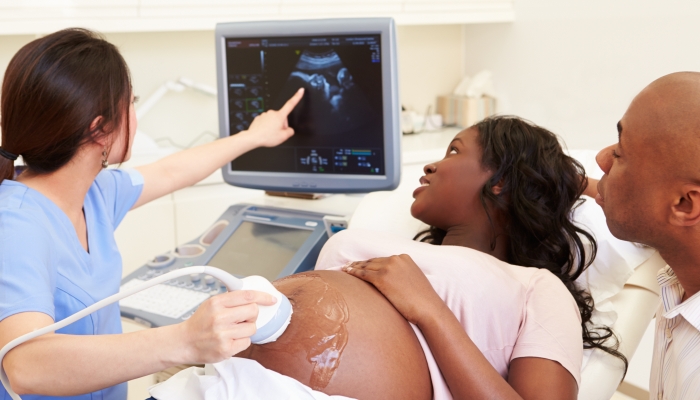
If your baby is breech, you have a few different options. Your provider may try to get your baby into a head facing down position. If that doesn’t work, you may still be able to have a normal delivery, but you are more likely to need a C-section.
Babies who do not turn head down may have more problems with delivery, including:
C-section Delivery
Research from the American College of Obstetricians and Gynecologists’ Committee on Obstetric Practice33. Mode of term singleton breech delivery. American College of Obstetricians and Gynecologists. 2018. https://www.acog.org/clinical/clinical-guidance/committee-opinion/articles/2018/08/mode-of-term-singleton-breech-delivery shows that over 85% of breech babies are born via C-section. Not very many providers are comfortable with the vaginal delivery of a breech baby.
Baby Shoulder and Hip Dislocations
Babies born in a sunny side-up or breech position have a harder time getting through the birth canal. These babies’ legs and arms often get stuck, and suffer from joint dislocations as their bodies are pushed through the birth canal.
Broken Bones in Baby
In addition to joint dislocations, broken bones are more common in breech babies. The use of birthing tools like forceps or vacuum suction further increases the risk of injury to your baby.
Umbilical Cord Compression
If your baby is not in a head-down position, the umbilical cord is more likely to enter the birth canal before your baby’s body. This can cause the umbilical cord to be compressed and blood flow to your baby will stop.
This is a serious complication that can result in hypoxic brain injuries and death in newborn babies.
Prolonged Labor
Mothers with babies in a breech position have to work a lot harder to push their babies out during labor. They may have to labor for much longer to deliver their babies vaginally.
The experts at Stanford Children’s Medicine44. Birth Injuries. Stanford Medicine Children’s Health – Lucile Packard Children’s Hospital Stanford. https://www.stanfordchildrens.org/en/topic/default?id=birth-injuries-90-P02687 state that prolonged labor increases the risk of injury to both babies and their mothers.
What to Do to Encourage Your Baby to Turn Head Down
If you have reached 37 weeks of pregnancy and your baby is breech or transverse, there are some things you can do to get them into a head-down position.
You may want to try one of these at-home strategies to help your baby change positions:
- Breech tilt exercise. This is done by laying on your back and lifting your pelvis above the level of your heart. You can do this for 10-15 minutes at a time up to three times a day.
- Pelvic tilt exercise. To perform this exercise, simply position yourself on your hands and knees and alternate between arching your back and curling your spine.
- Temperature changes. Some mothers are able to get their babies to flip by placing a cold pack at the top of their abdomen and a heat pack near the bottom.
Medical Intervention
The most common way for your medical provider to help a baby turn is an external cephalic version (ECV).
ECV is usually performed by a medical provider who has been specially trained to change your baby’s positioning in the womb. According to American Family Physician55. Coco, A. S., & Silverman, S. D.. External cephalic version. American Family Physician. 1998. https://www.aafp.org/pubs/afp/issues/1998/0901/p731.html, ECV is successful about 67% of the time. ECV should only be performed by an experienced provider in a facility that can be prepared to perform an emergent C-section.
FAQs
Is it normal for a baby to be head down and then flip back up?
Most babies get themselves into the right position before labor and delivery. It’s rare for a baby to be head down and then flip back up, but it can happen. If your baby flips up, your medical provider can try to get them turned back around by performing an ECV.
How common is it for a baby to not be head down before labor?
About 97% of all babies66. U.S. National Library of Medicine. Your baby in the Birth Canal. MedlinePlus. 2022. https://medlineplus.gov/ency/article/002060.htm#:~:text=The%20best%20position%20for%20your%20baby%20inside%20your,Cephalic%20presentation%20occurs%20in%20about%2097%25%20of%20deliveries. are in the correct position for delivery by 37 weeks gestation.
Can a breech baby still be delivered vaginally?
Breech babies can be delivered vaginally, but labor is more difficult, lasts longer, and there are more risks of injury to both the mom and baby. Most medical providers are more comfortable performing a C-section delivery for babies in the breech position.
References
- Cleveland Clinic medical professional. (2021, October 7). Breech baby: Causes, complications, turning & delivery. Cleveland Clinic. https://my.clevelandclinic.org/health/diseases/21848-breech-baby
- Mayo Foundation for Medical Education and Research. (2022, June 3). Fetal development: What happens during the 3rd trimester? Mayo Clinic. https://www.mayoclinic.org/healthy-lifestyle/pregnancy-week-by-week/in-depth/fetal-development/art-20045997
- Mode of term singleton breech delivery. American College of Obstetricians and Gynecologists. (2018, July 25). https://www.acog.org/clinical/clinical-guidance/committee-opinion/articles/2018/08/mode-of-term-singleton-breech-delivery
- Birth Injuries. Stanford Medicine Children’s Health – Lucile Packard Children’s Hospital Stanford. (n.d.). https://www.stanfordchildrens.org/en/topic/default?id=birth-injuries-90-P02687
- Coco, A. S., & Silverman, S. D. (1998, September 1). External cephalic version. American Family Physician. https://www.aafp.org/pubs/afp/issues/1998/0901/p731.html
- U.S. National Library of Medicine. (2022, November 10). Your baby in the Birth Canal. MedlinePlus. https://medlineplus.gov/ency/article/002060.htm#:~:text=The%20best%20position%20for%20your%20baby%20inside%20your,Cephalic%20presentation%20occurs%20in%20about%2097%25%20of%20deliveries.
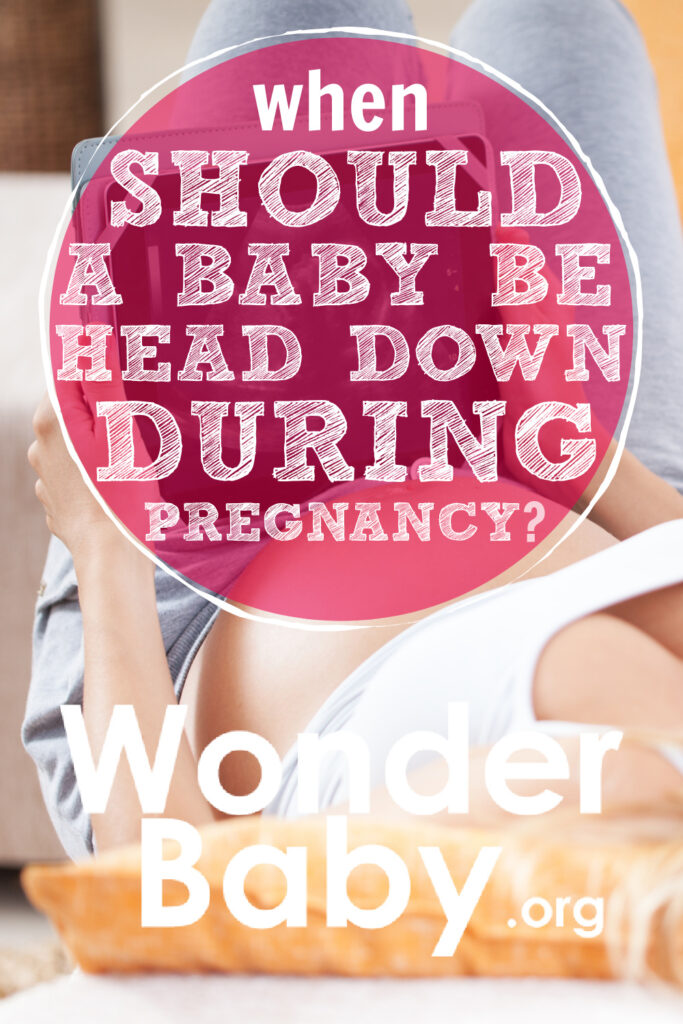
The information WonderBaby provides is not intended to be, and does not constitute, medical or other health advice or diagnosis and should not be used as such. Always consult with a qualified medical professional about your specific circumstances.
Related Posts
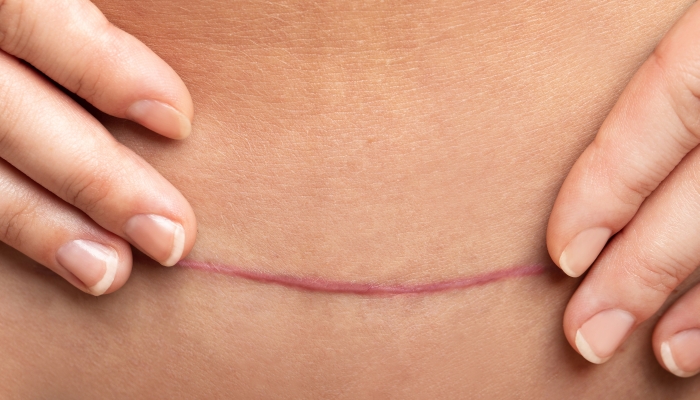
Pregnancy
How To Deal With an Ingrown Hair on a C-Section Scar
Ingrown hairs on a C-section scar can be treated using a warm compress or mild exfoliation. Infected ingrown hairs may require antibiotic treatment.

Pregnancy
What’s a Dye Stealer Pregnancy Test?
A dye stealer pregnancy test usually means that your hCG levels are very high, which is typically considered a good sign for pregnancy.
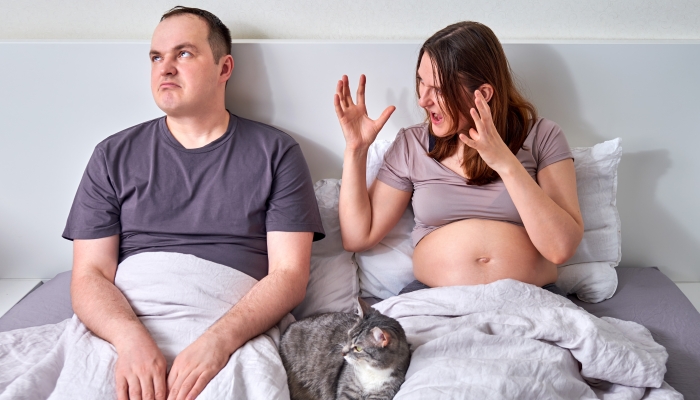
Pregnancy
Can Yelling Cause a Miscarriage?
Yelling alone can not cause a miscarriage. However, maternal stress can cause high blood pressure, preterm labor, and other health problems.